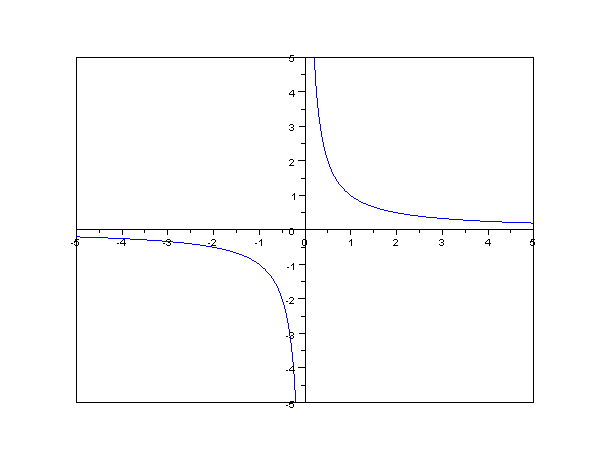Direct Variation
Simply put, two
variables are in direct variation when the same thing that happens to
one variable happens to the other. If
For example, a toothbrush costs
Direct variation is represented by a linear equation, and can be modeled by graphing a line. Since we know that the relationship between two values is constant, we can give their relationship with:
Where
Rewriting this equation by multiplying both sides by
Notice that this is a linear equation in slope-intercept form, where the
Thus, any line passing through the origin represents a direct variation between

Directly Proportional Variables
The graph of
Revisiting the
example with toothbrushes and dollars, we can define the
Any augmentation of one variable would lead to an equal
augmentation of the other. For example, doubling
Inverse Variation
Inverse variation is
the opposite of direct variation. In the case of inverse variation, the
increase of one variable leads to the decrease of another. In fact, two variables are said to be inversely proportional when an operation
of change is performed on one variable and the opposite happens to the
other. For example, if
As an example, the time taken for a journey is inversely proportional to the speed of travel. If your car travels at a greater speed, the journey to your destination will be shorter.
Knowing that the relationship between the two variables is constant, we can show that their relationship is:
Where
Notice that this is not a linear equation. It is impossible to put it in slope-intercept form. Thus, an inverse relationship cannot be represented by a line with constant slope. Inverse variation can be illustrated with a graph in the shape of a hyperbola, pictured below.

Inversely Proportional Function
An inversely proportional relationship between two variables is represented graphically by a hyperbola.